100-Day Workout fixes issues weighing down health system
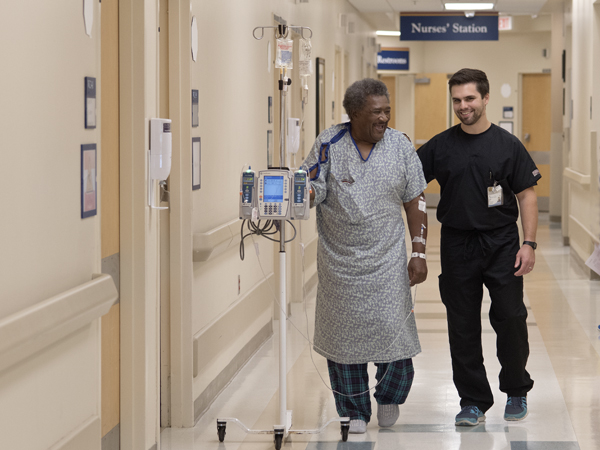
When expensive supplies and equipment are overstocked or underutilized, when staffing levels don't match up to patient volume, and if the hospital isn't seen as a great place to work, it hurts the organization and drains revenues.
Those can be big problems to overcome - but the solutions can be found through what's known as the 100-Day Workout, a nationally recognized quality improvement initiative that brings together multidisciplinary groups of employees to tackle performance, quality, safety or other issues.
It doesn't call for physical exercise, but team members who take on the challenge must stretch their imaginations and flex their leadership muscles to effect change where tweaking or even an overhaul is needed. It calls for using a “lean” methodology in areas where resources aren't being properly used in order to improve care, satisfaction or financial performance.
So far, the University of Mississippi Medical Center has completed four workouts, with the fifth - follow-up action on the recent employee engagement survey -- beginning Nov. 16.
Part of the workout's philosophy is to hold leadership's feet to the fire, challenging them to come up with solutions with built-in accountability and ownership - and to do it fast.
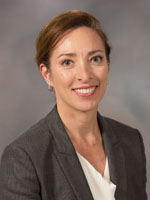
“The 100-Day Workout is important because it involves employees from different parts of the organization with different strengths, expertise, and employee perspectives,” said Liz Youngblood, chief executive officer of UMMC's adult hospitals.
Trish McDaniel, the Health System's chief operating officer, and Daniel Enger, director of operational improvement, are helping to lead the charge to address critical issues - and to ensure needed change rolls out quickly.
The workout “gives you a template or a structure to work with for rapid cycle change and performance improvement around whatever burning platform or issues you've identified that affect the organization,” McDaniel said. “It's a springboard for holding leadership accountable for actions and plans, tracking their effectiveness, moving on if a plan didn't work, replicating things that did work, and sharing and celebrating success. It engages the entire organization.”
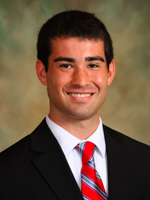
The first workout, a focus on waste reduction, began in October 2014. Front-end training was given to six teams of 10-12 people, each with an executive-level sponsor, team leader and team coach. Workout activities are done within the regular course of the workday. Managers made up the teams. “They're going to implement the plans, so they need to understand them and reach out to their front-line staffs,” Enger said.
Once given their charge, workout teams check in as a group at 30 days, 45 days, 60 days and 90 days, with a summation of their progress due at the last meeting. Each team member is required to implement two changes between check-ins, Enger said. “It's a very fast-paced collaboration,” McDaniel said.
The second workout took on staffing levels and improved throughput at a time when record-high capacity was stretching resources and challenging employees to do more with less, McDaniel said. The third focused on growth and leakage, which called for improving operations so that the Medical Center can expand its patient capacity with a look to the future, and recapture lost business.
Ashley Moore, a nurse manager in the medical ICU, found through the third workout that her unit was overstocking supplies at a considerable cost to the Medical Center, and that there wasn't a formal education process for nurses on how to best utilize one of the supply systems. The unit was able to better maximize revenues and decrease waste through ramping up education in HealthStream and creating a formal process for gauging the amount of supplies needed, she said.
The third workout gave Andrew Sorey, the nurse manager of inpatient cardiac rehabilitation, the tools to lead staff in increasing the number of patients receiving inpatient and outpatient rehab by growing the base of providers. That means Sorey and his staff of exercise physiologists had to refine their processes and seek out more providers who would refer patients.
“In prior years, the average referral to our outpatient cardiac rehabilitation was only 12 patients per month,” he said. “So far in 2016, we're on track to average 30 patients per month. This growth means remarkable opportunities for our patients.”
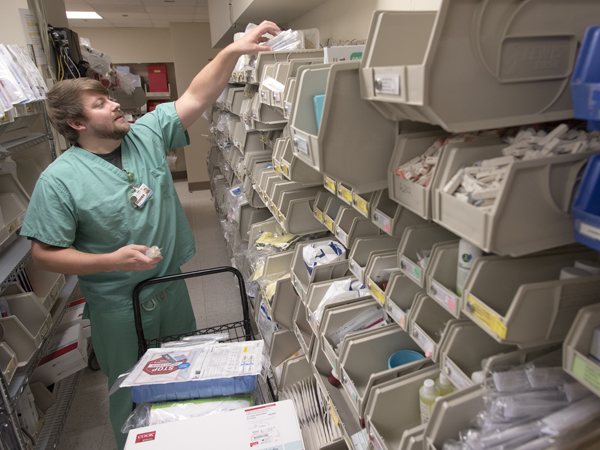
The fourth workout aimed to bridge gaps in the potential for patient capacity and outreach and took a second look at reducing waste in ways that are sustainable. The fifth workout will scrutinize results of the employee engagement survey, identifying areas voiced by employees that need improvement and developing plans to make the Medical Center a better workplace.
UMMC partnered with the consulting firm Press Ganey Associates to confidentially survey employees in July and August on how they feel about the culture of safety and engagement within their workplace. It was the first time that Medical Center employees across the board took part in such a survey.
About 77 percent of the 10,000-plus employees took part. That compares to an average of 74 percent for other organizations surveyed by Press Ganey.
The survey showed one of the Medical Center's strengths is that 90 percent of employees said they like the work they do, Youngblood said. “”We also know that we have opportunities and concerns that need to be addressed, and we want you to know that we heard you loud and clear that improvement must start with senior leadership,” she said.
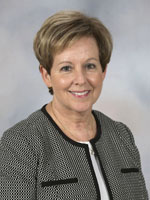
When thinking about how best to address survey results, McDaniel said, “we saw the benefits of having the collaborative effort that you gain through the workout model.”
That approach will be implemented Medical Center-wide, but in a phased manner. The clinical enterprise, including the clinical departments of the medical school, will start phase 1 next week. The rest of the Medical Center - including administrative, academic, research and service areas - will begin a second phase in March after appropriate training in the workout method.
Teams will hone in on six key areas that survey results show need focus and work: communication, rewards and recognition, professional development, respectfulness, patient experience, and patient and employee safety.
Employee engagement, Youngblood said, is “a measure of our organization's culture and the connection that our staff have to their work, their manager and the organization as a whole.” Leadership is “invested in and committed to making UMMC a great place for staff to work, physicians to practice, and for patients and families to receive care.”
Plans call for communicating the ongoing work of the teams on the Clinical Intranet. “We want to keep this transparent, and readily accessible and visible,” McDaniel said,
What's the next workout?
“There's a whole host of opportunities for operational improvement,” McDaniel said. “Work with discharge planning, readmissions, patient placement and transport … The list goes on.”


